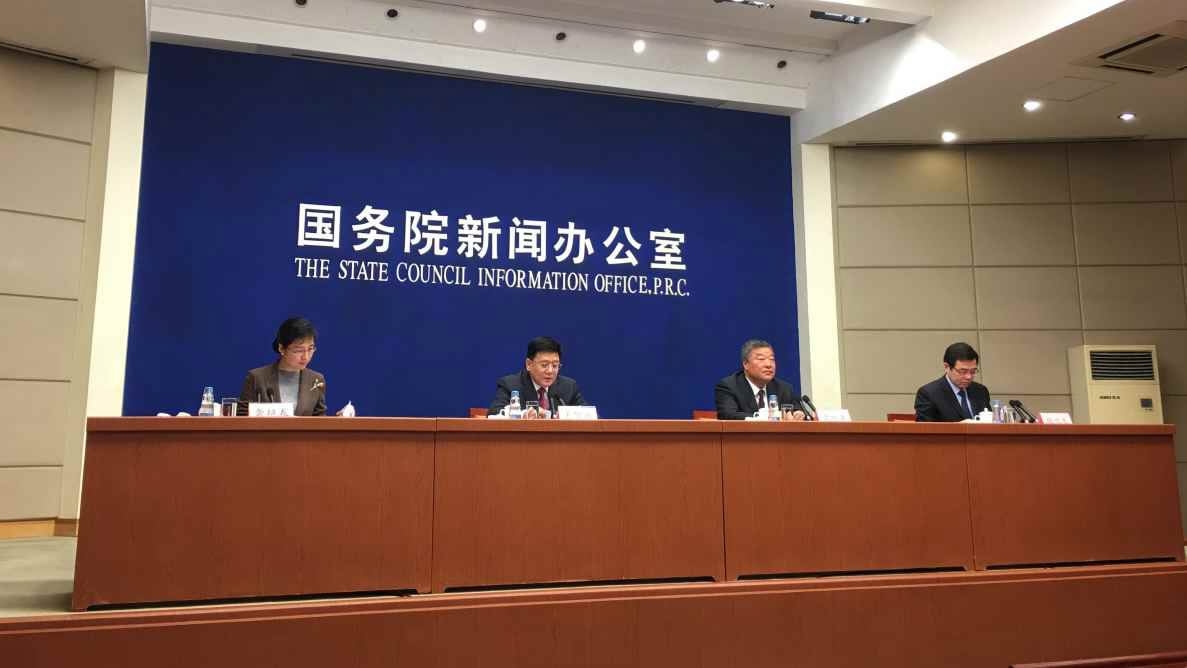
Business
19:26, 12-Feb-2018
Official: China's health indicators better than medium-high income countries
By CGTN’s Wu Guoxiu

Chinese people now have longer life expectancy and lower maternal and infant mortality rates. China's top health authority says these indicators are better than what's recorded in medium-high income countries, thanks to the nation's ongoing medical reform.
On the State Council's Information Office briefing on February 12, the top health authority says people in China now have more doctors and more hospital beds, and pay less for healthcare, as the result of the reform of public hospitals.

State Council's Information Office briefing about medical reform and medical service upgrading in China, February 12, 2018./CGTN photo
State Council's Information Office briefing about medical reform and medical service upgrading in China, February 12, 2018./CGTN photo
Wang Hesheng, director of the medical reform office under the State Council, says "every 1,000 people had over two doctors in 2016, up 28 percent compared with 2010. They have more than five beds, up 50 percent from 2010. The numbers increased last year. Doctors and beds are more efficiently used."
China now has slightly fewer public hospitals than private ones, but the public ones receive the majority of patients. Since 2017, all public hospitals stopped making profit through medicine markups, but only rely on service fees and government funds. Individuals' share among the country's total health spending has dropped to 28.8 percent.
Over the last three years, people spent less time waiting to see doctors - a decrease of about 10 minutes, or even one hour in some hospitals.
Authorities say China's medical reform has helped increase the level of its healthcare services. “China’s major health indicators are higher than medium-high income countries, ” Wang said.
People's life expectancy increased to 76.5 years old, from 74.38 in 2010. Maternal mortality dropped from 30 per 100 thousand to 20, while infant mortality dropped to 6.8 per thousand from 13.1 per thousand in 2010. “We spent comparatively less and achieved comparatively better results," said Wang.
China's medical reform covers many aspects -- from building a hierarchical medical system, to the management of hospitals and from medical insurance to drug supply and overall supervision. It ultimately aims to provide a medical service that's safe and convenient that people can actually feel.

SITEMAP
Copyright © 2018 CGTN. Beijing ICP prepared NO.16065310-3
Copyright © 2018 CGTN. Beijing ICP prepared NO.16065310-3